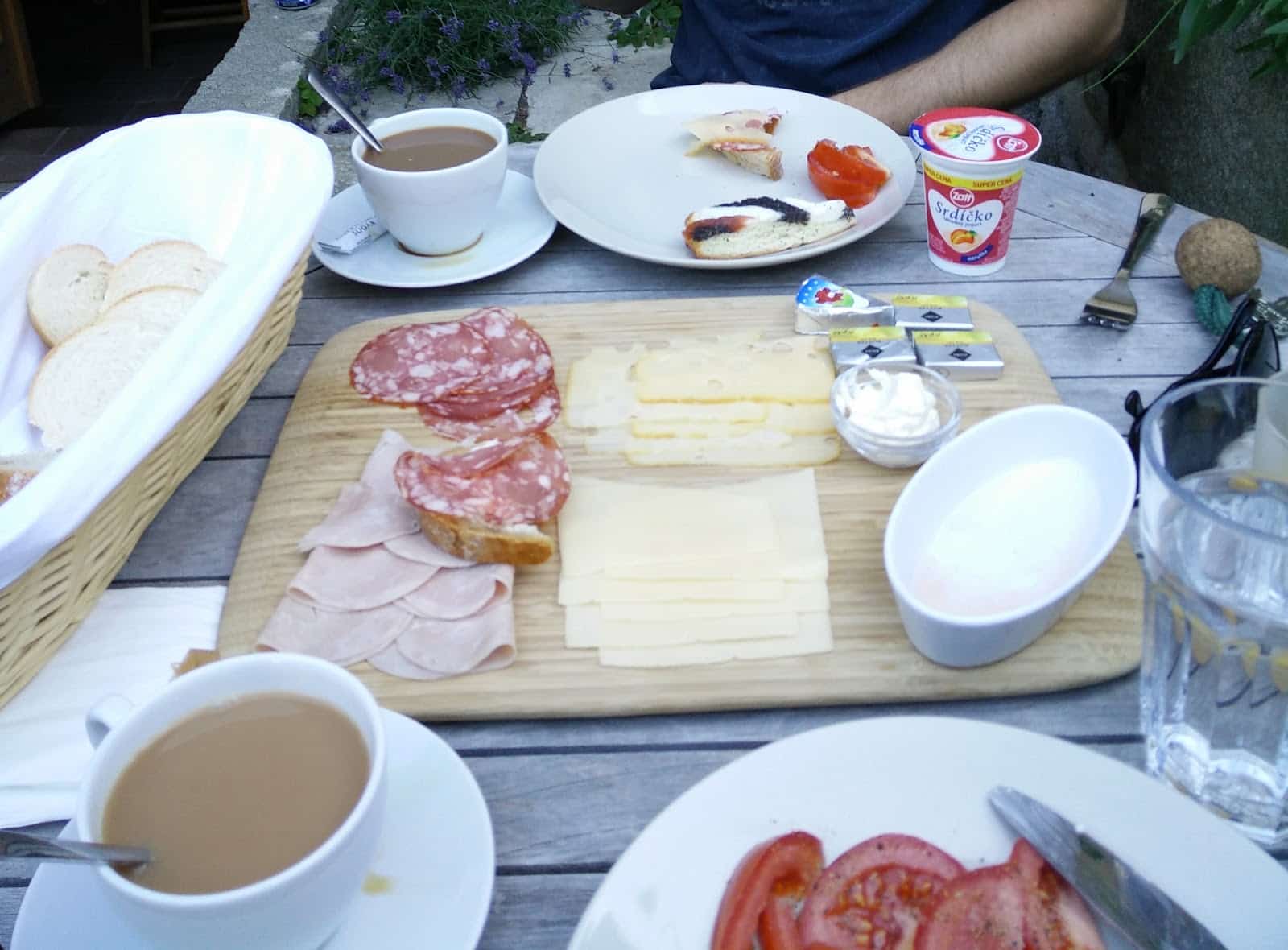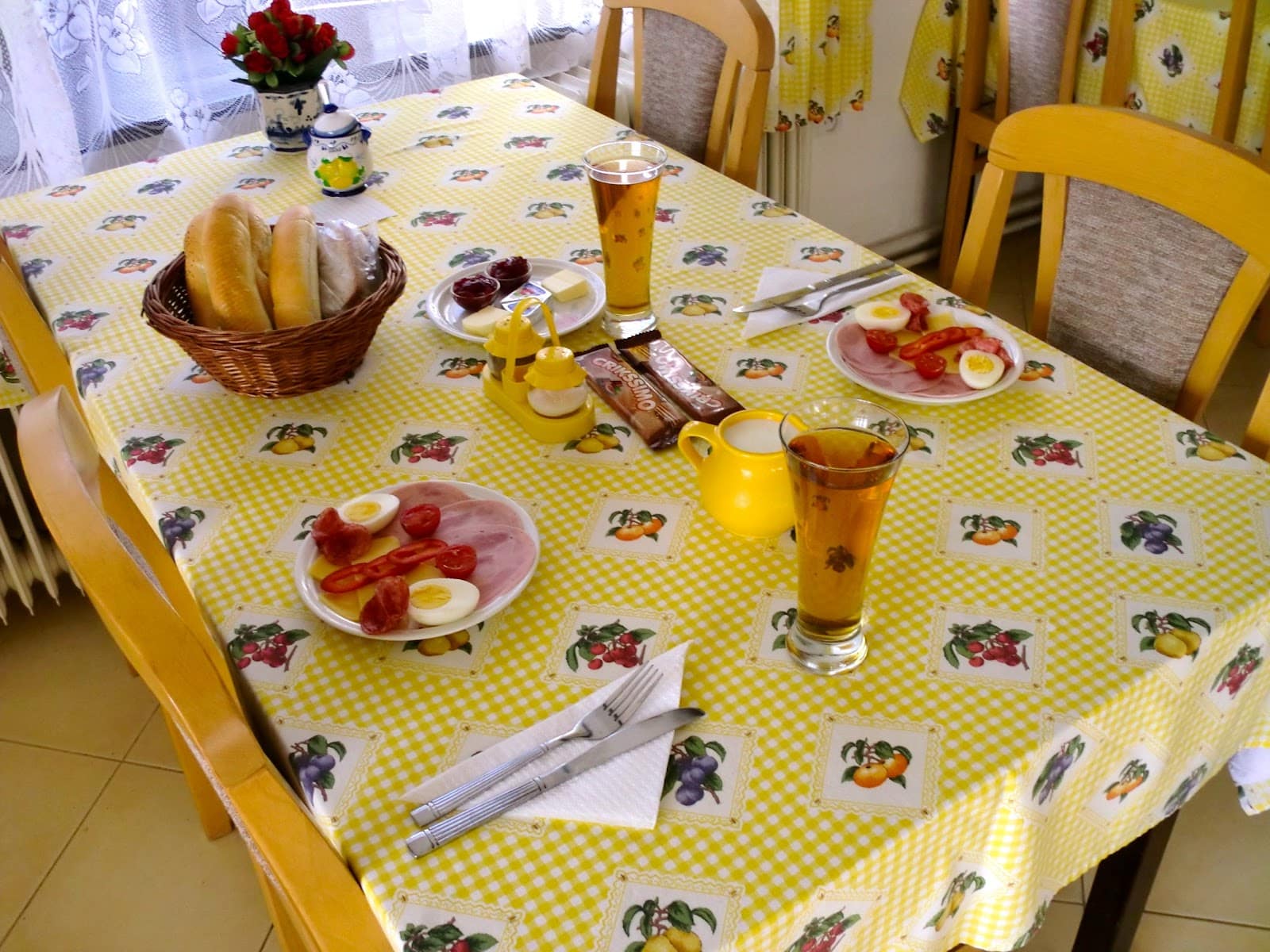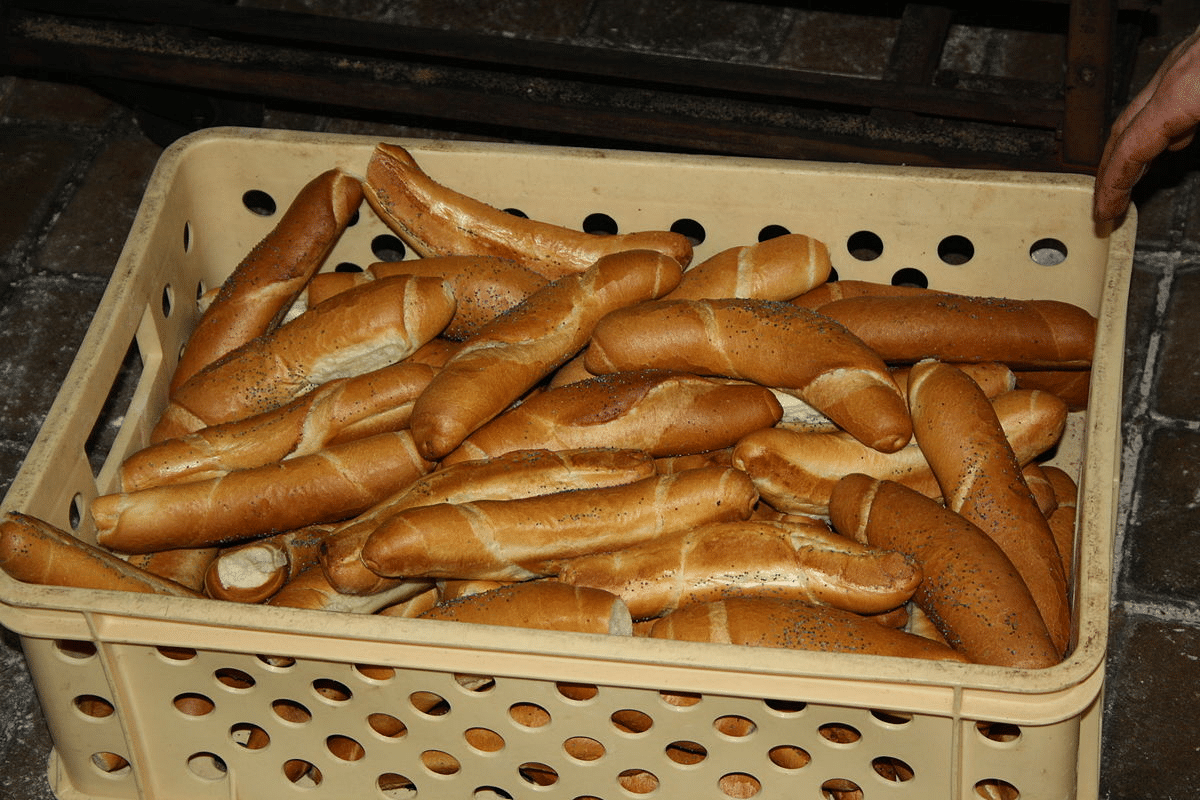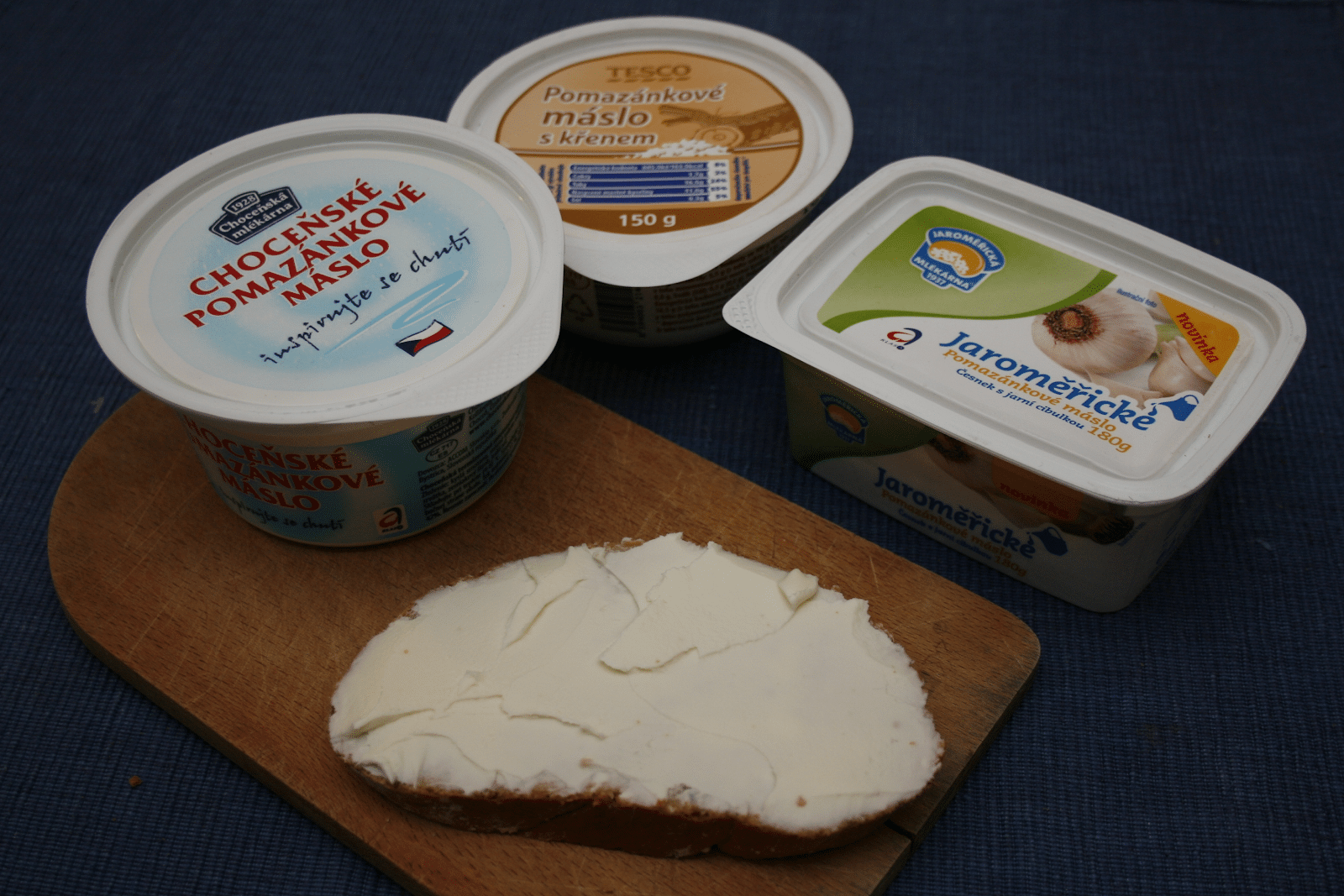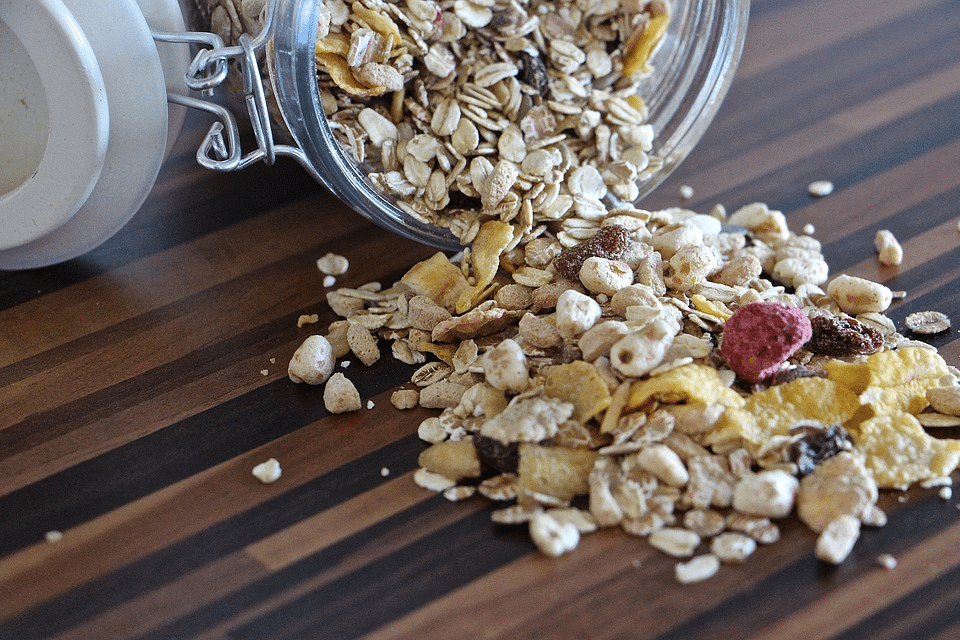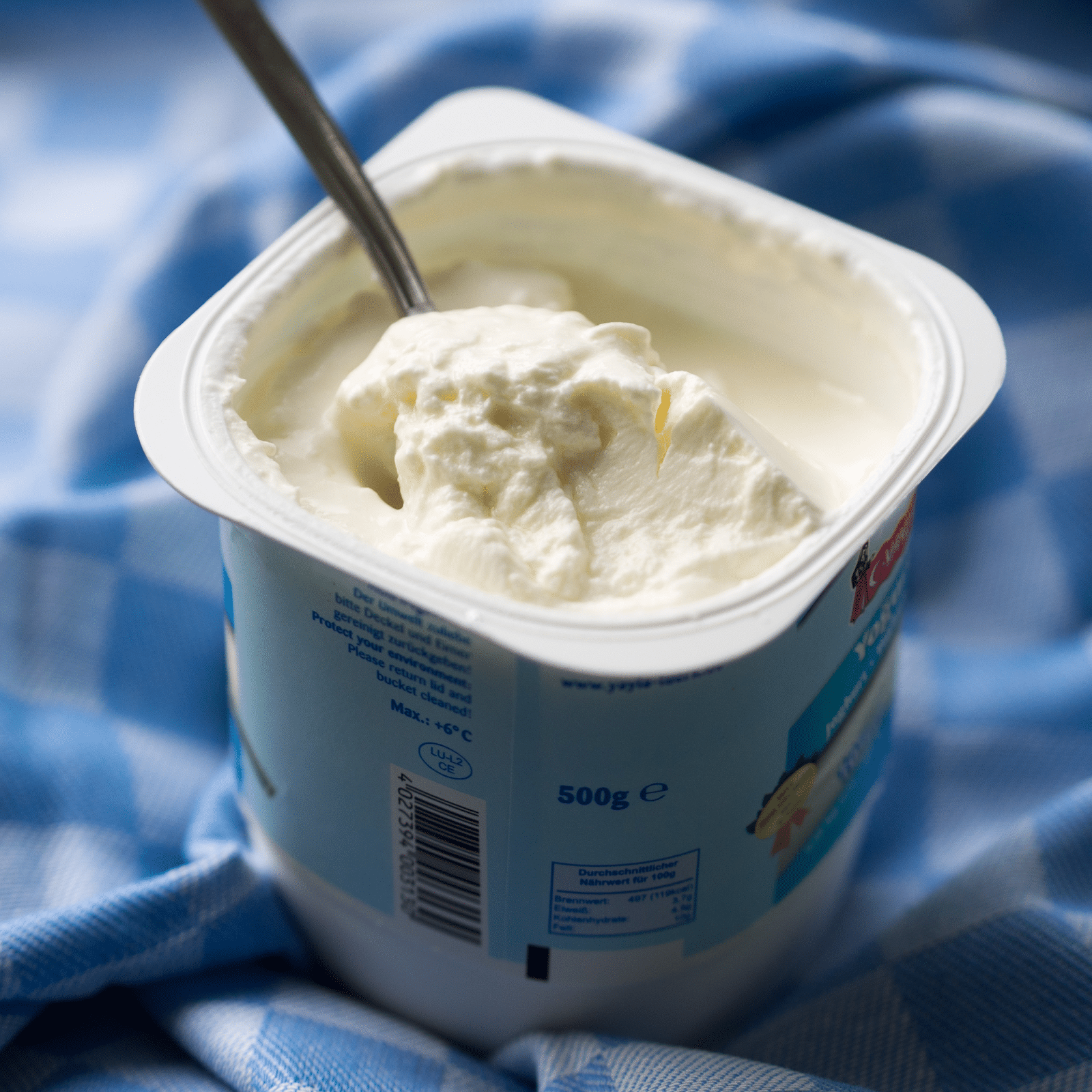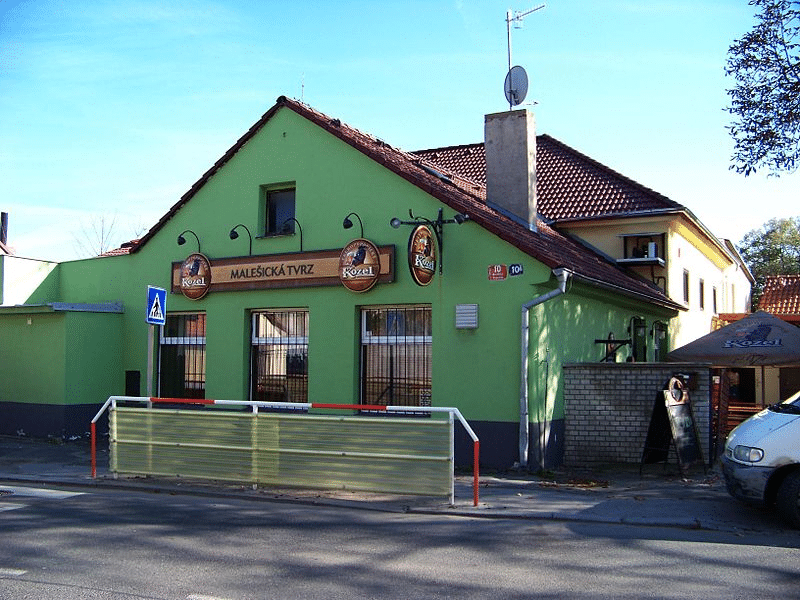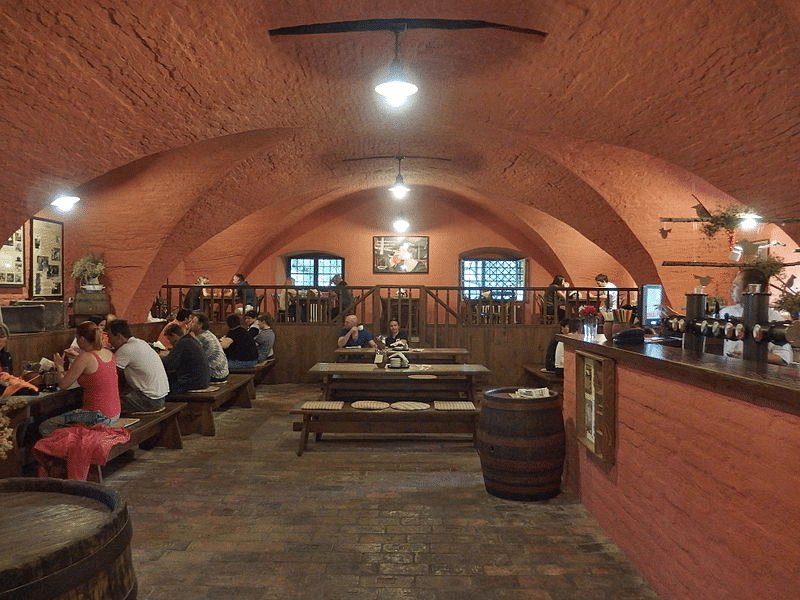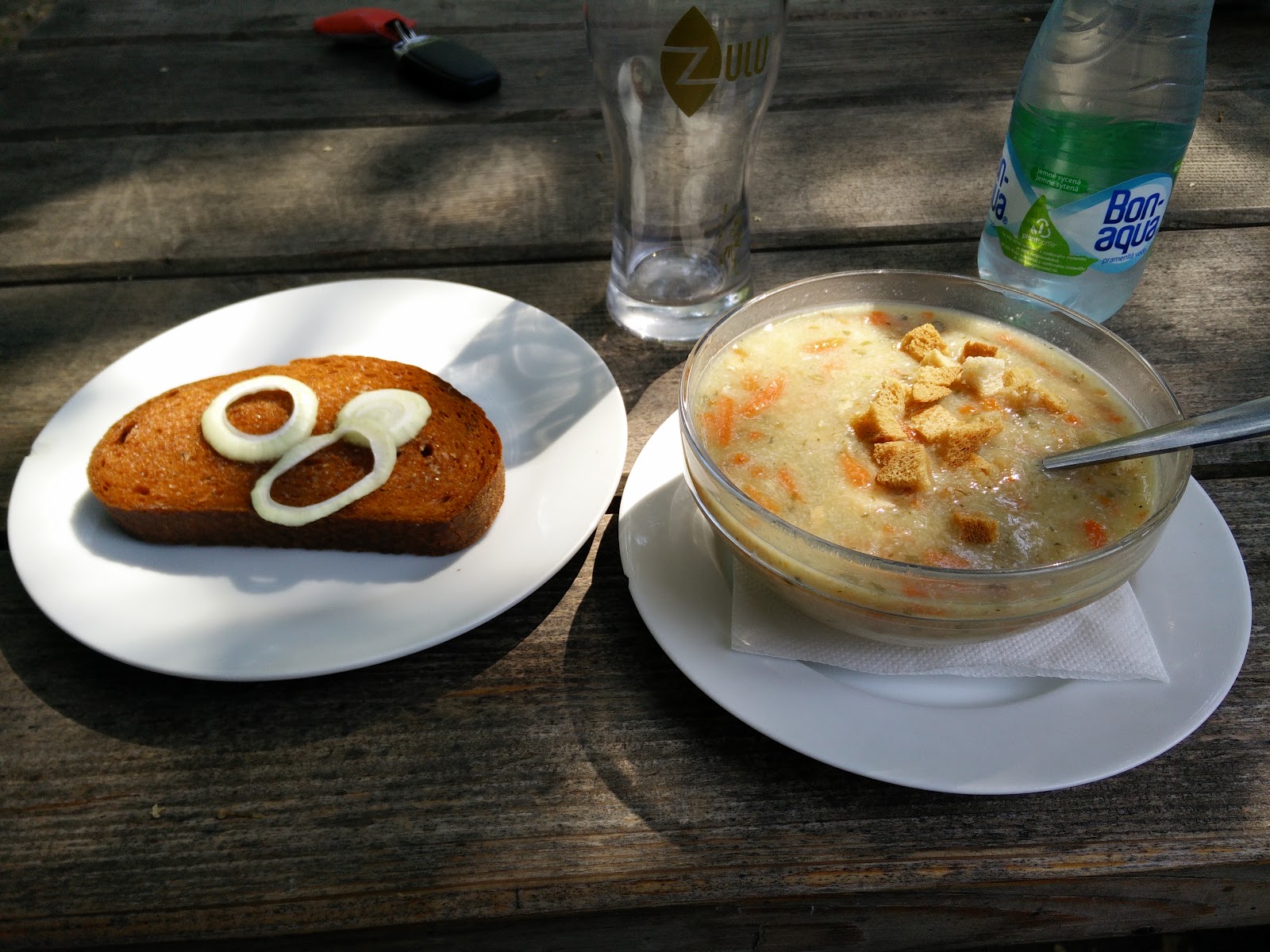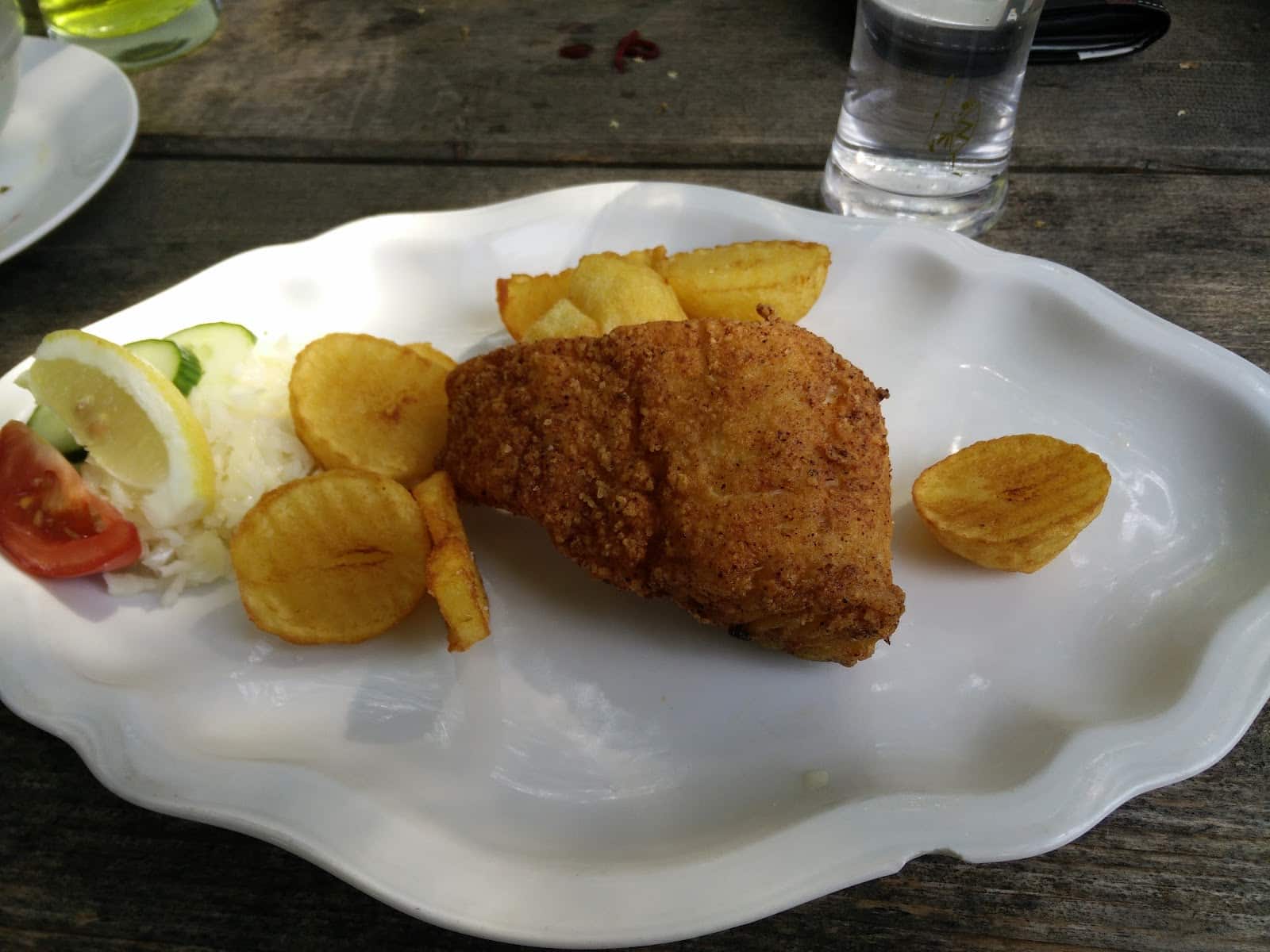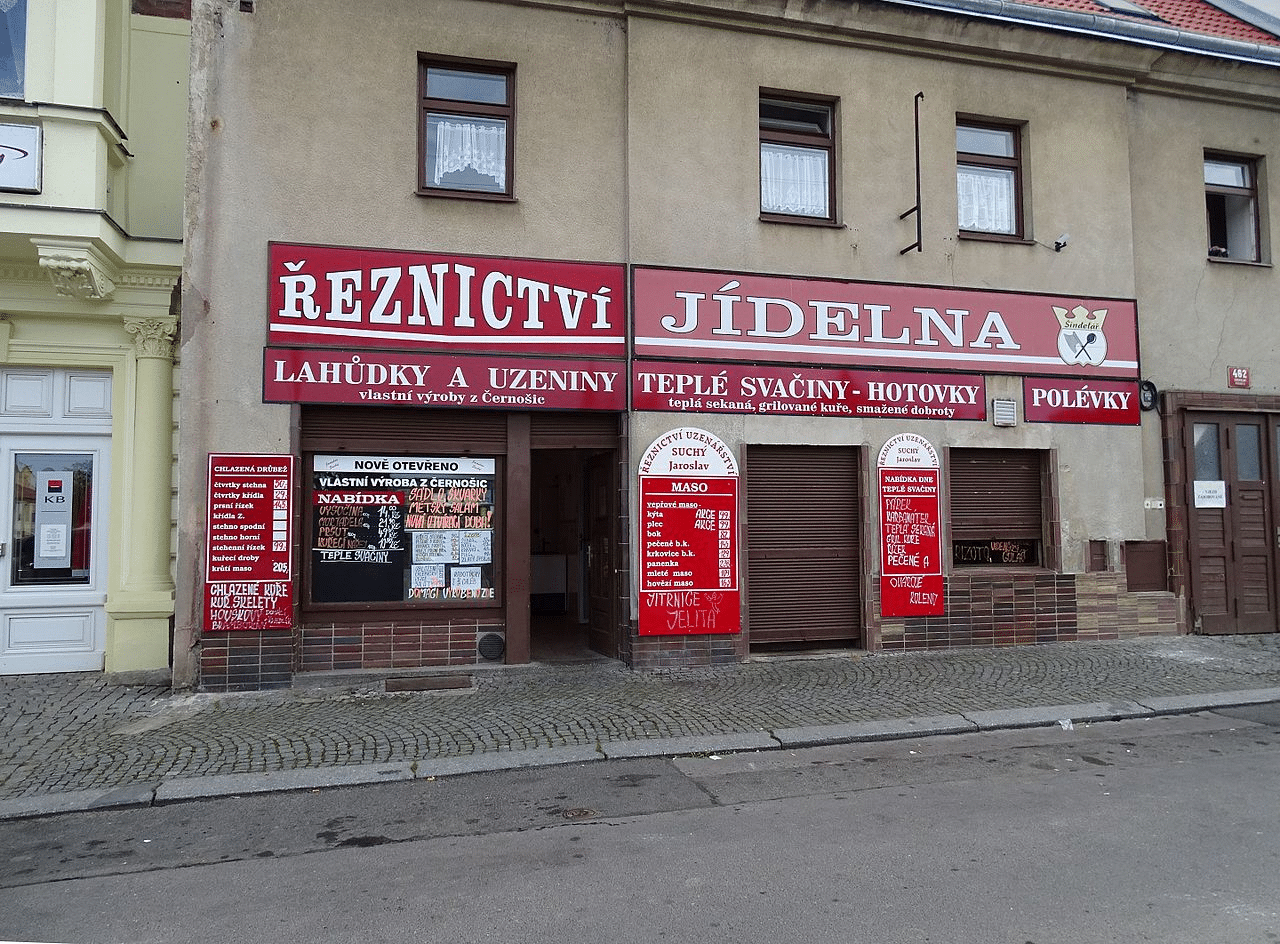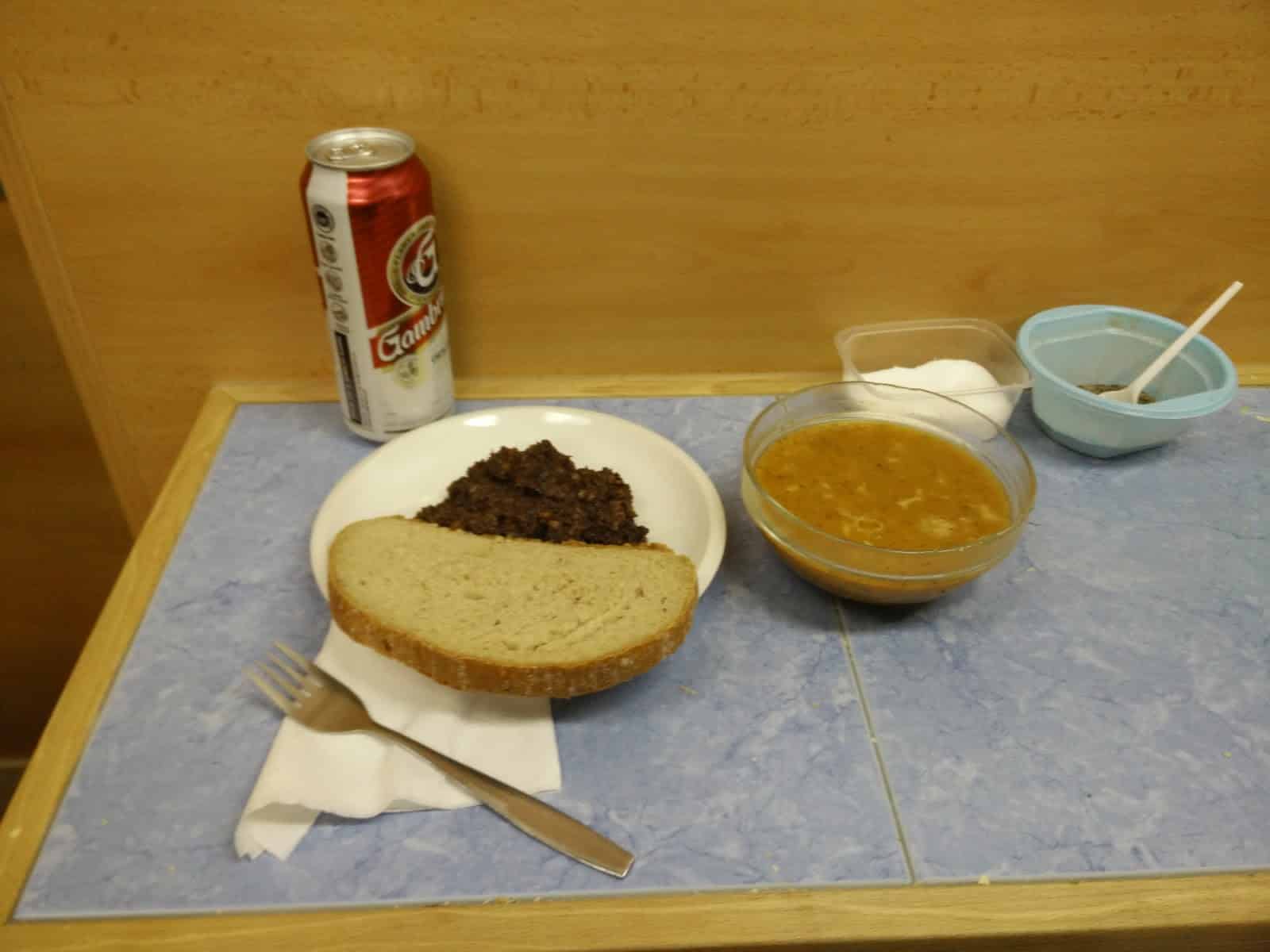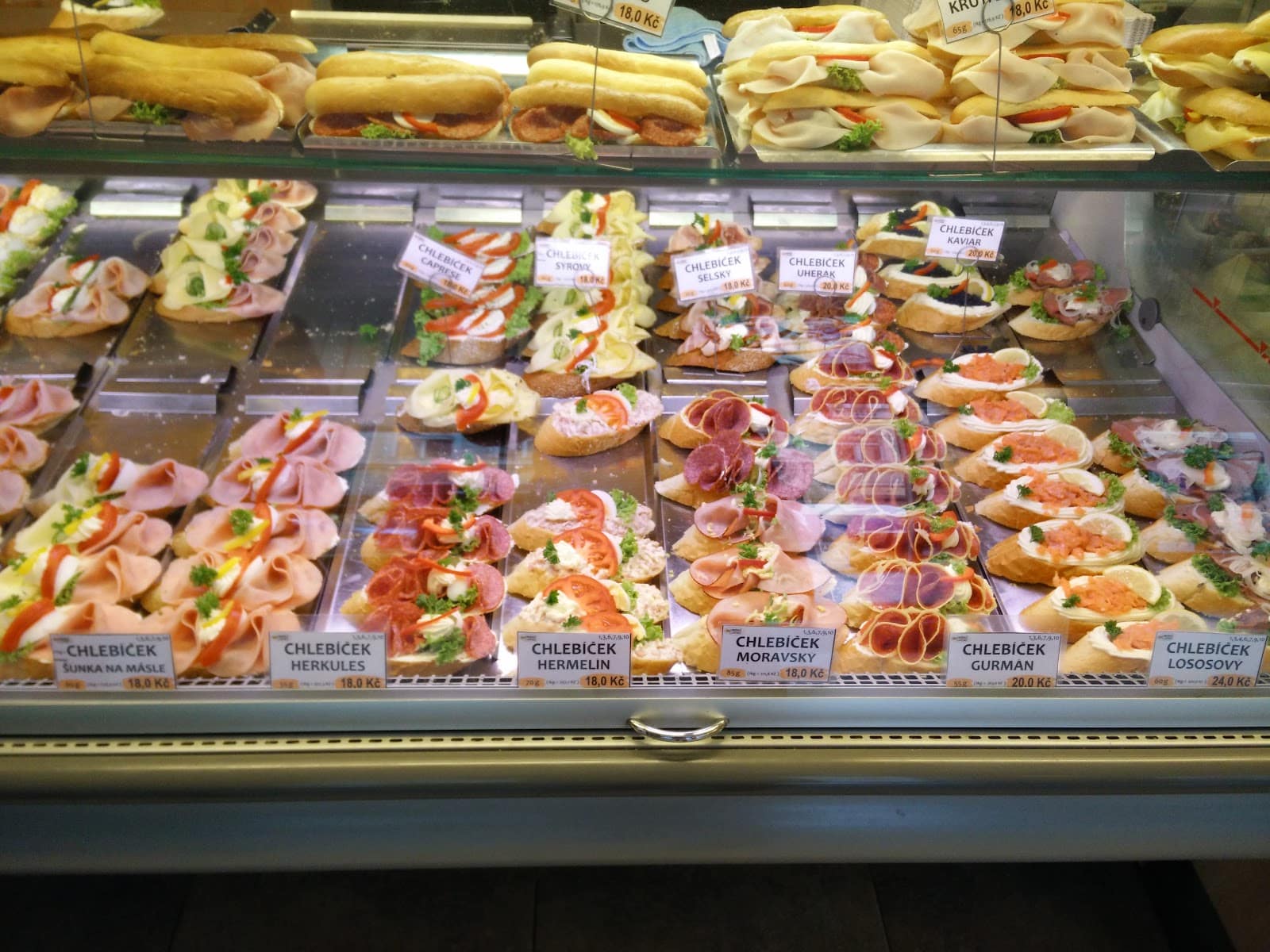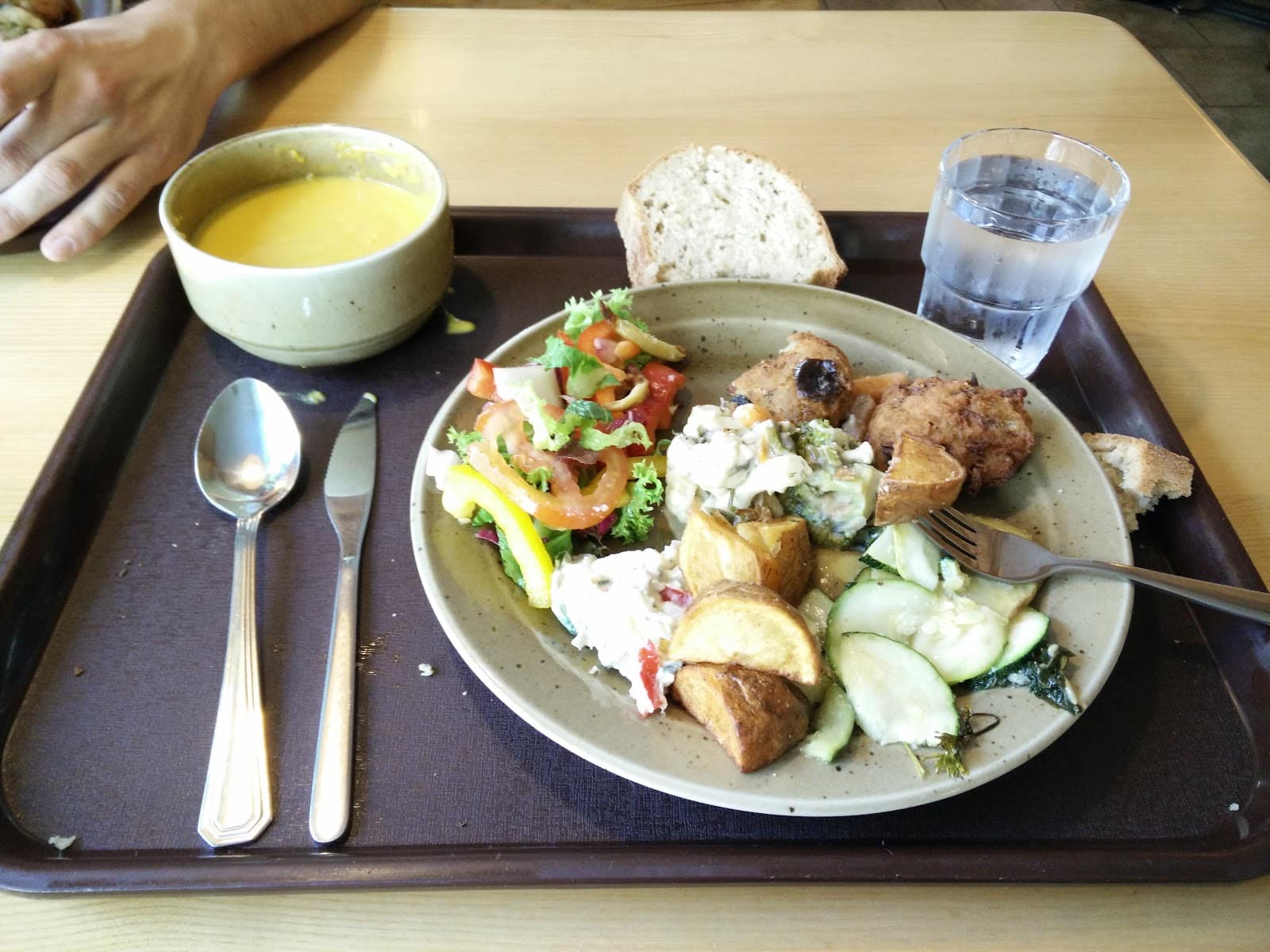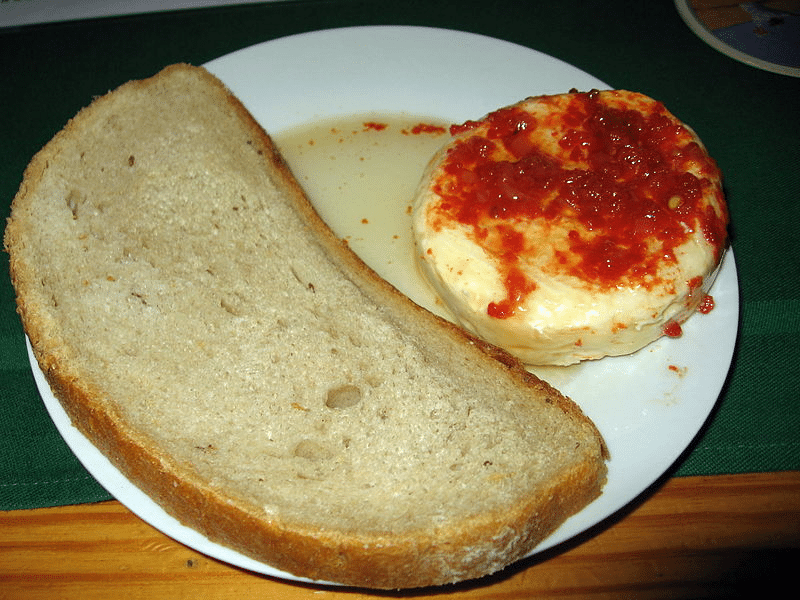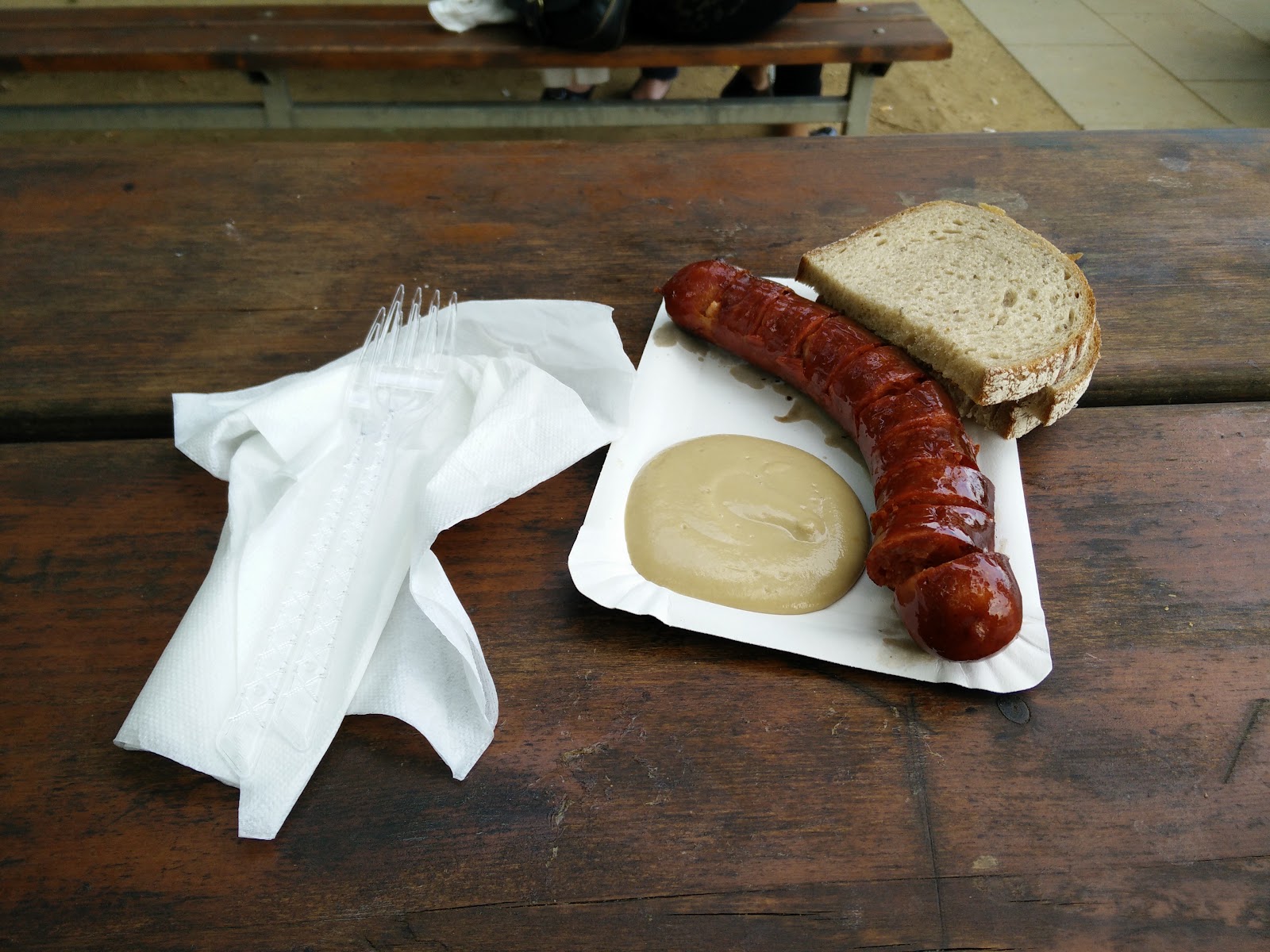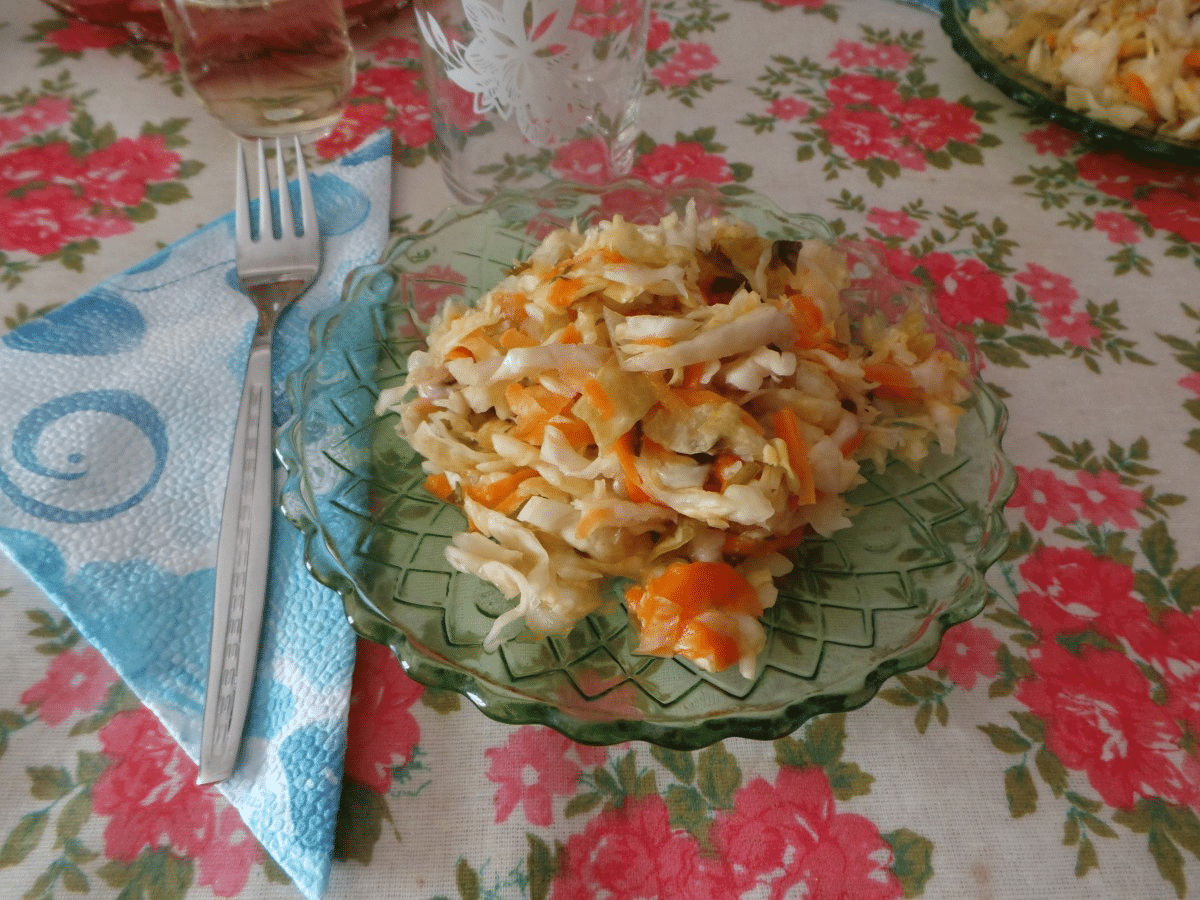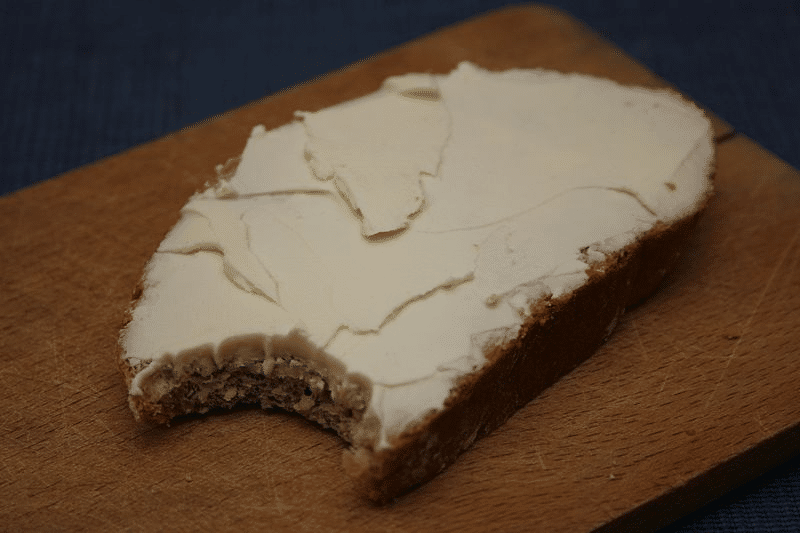3.6 – snídaně, oběd, večeře – typické jídlo
So what do Czechs eat for various meals of the day? That’s what we’re going to learn about in this lesson…
Snídej sám, obědvej s přítelem, večeři dej nepříteli…
Have breakfast alone, have lunch with a friend, give your dinner to your enemy…
This phrase underlies some of the main eating habits of Czechs. Breakfast and lunch are often the main two meals of the day. According to the phrase, breakfast should be the biggest meal of the day, followed by lunch, and then dinner should be light. Especially with regard to dinner, Czechs tend to follow this wisdom (n.b. – English has a similar phrase that has been touted lately as a way to help maintain weight – Breakfast like a king, lunch like a prince and dine like a pauper)
Snídaně – Co Češi jedí k snídani?
|
|
|
|
Czechs tend to have a pretty substantial breakfast, often filled with more savory items such as sýr, salám, šunka, vejce, chleba nebo rohlíky. Rajčata a okurky are also fairly common, especially in the summer. |
|
|
|
|
|
In a pinch, something as simple as a rohlík or chleba with máslo (or pomazanka – spread made of cream, butter, cheese or various other things) |
|
|
|
|
|
Also, some Czechs do prefer to keep it light by having something like müsli (pronounced [mysli]) and/or jogurt. |
|
Oběd – Co Češi jedí k obědu?
|
|
|
|
Lots of Czechs prefer to go out for lunch, either to a hospoda or to a restaurace. These places tend to have lunch specials to draw people in. While these places are also busy in the evening, a major portion of their food service occurs at lunch. |
|
|
|
|
|
A proper Czech lunch typically begins with soup, which is the foundation of a good meal. Then a main course follows, which is frequently meat or fish. Fried food is very common in restaurants. |
|
|
|
|
|
A cheaper alternative is found at the various jídelny throughout Czech cities. These can either be cheaper cafeteria style locations or are often connected to a bakery or butcher shop. Often the only place to eat is at a counter standing up. |
|
|
|
|
|
Still another option is to go to a pekárna ‘bakery’, where you can often find an assortment of chlebíčky as well as polévky a saláty. |
Finally, various cafeterias (as well as restaurants) offer food that is not representative of the heavier portions of more traditional Czech cuisine. Here is an example of a vegetarian cafeteria where food is served cafeteria style. Vegetarian and vegan establishments are becoming increasingly common and popular in the Czech Republic. |
Večeře – Co Češi jedí k večeři?
|
|
|
|
Dinners vary depending on what the person had for the day. If they had a big lunch, a small dinner is typical. Any of the lunch foods above can be found at dinner depending on how hungry someone.
However, frequently a large portion is not the norm. Above are some examples of food one might get out – some nakládaný hermelín or a klobása with a little chleba. |
|
|
|
|
|
Cooked food is often not consumed for dinner, so at home one might have something as simple as a prepared salad or some bread with butter and/or cheese. |
|
Images used in this document come from these sources.
